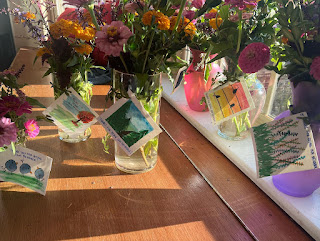Leading Social Committee at Homeowners Association Perfect Way to Serve
Agenda topics almost always include people late in paying dues, problems with cars or basketball goals blocking sidewalks, trailers or RVs, permission to make changes to a home, barking dogs and neighborhood violations.
The topic of empty seats on the board and a need for volunteers always come up too.
If you have attended public or community-based meetings in southwest Missouri over the last two or three years, those meetings are starting to sound the same too. The focus is on issues like unruly youth, police, drug sales, lose of local merchants, school issues, lack of space for community use, hand complaints about the unresponsiveness of city officials.
In both types of meetings, deliberation centers on who is to blame for each issue and what can be done to change them after identifying the issues.
Typically, the blame falls on police, youth workers, teachers, merchants, local officials, landlords, etc. As a result, the groups' action requires them to have enough power to influence or change the practices of local institutions and professionals.
There is an alternative path. It is pursued by some neighborhood groups that identify issues, but they don't then ask, "Who's to blame?"
Instead, these neighborhood leaders know they are both creators of issues and have the neighborhood power to solve many of them with their local resources. So they look at what is strong (their talents) instead of what is wrong and put their gifts to work!
Taking this path leaves organized residents to act as powerful problem-solvers rather than starting as blamers, complainers, supplicants, dependencies, or beggars.
Instead, they start by recognizing that neighbors have work that only they can do.
They know, for example, that police are very limited in making them secure. They understand that they must do their part of the work if the neighborhood is secure.
When the discussion turns to what they can do together with their resources, they become actors, producers, creators, and problem-solvers – the essential role of citizens with work to do.
On the other hand, when they take the typical blaming path, they will forget that they are the primary force for problem-solving.
Regarding HOAs, their focus often hinders others from participating. I realize an HOA serves a purpose. I also tell people who want to be better neighbors that their neighborhood association is the second place to start (relationships with their immediate neighbors are first).
Effective HOAs will spend most of their time on social revitalization and connection. Events and gatherings and parades and celebrations that can bind residents together in relationships is more critical than punishments, especially if you want to grow neighborhood volunteers or future board members.
Like with other public meetings, the solutions rest with developing engaged neighbors. rests in our own hands and our approach.





Comments
Post a Comment